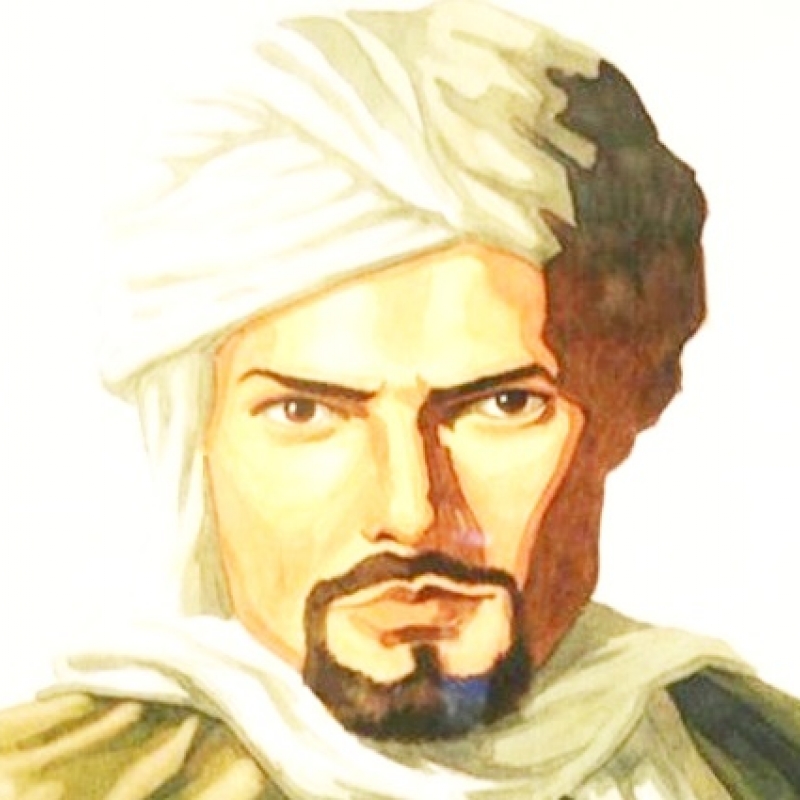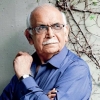Ibn Batuta has often been called the 'greatest of Muslim travellers'. Prof. B.N. Goswamy writes how the Moroccan traveller was in every conceivable part of northern Africa and Asia, covering some 75,000 miles, over just twenty-nine years. (Photo courtesy: Wikimedia Commons)
This article appeared originally in The Tribune, Chandigarh under the title ‘Passage to the Past’, and is reproduced here with permission.
Being just back from a short visit to Kuwait, my mind is filled with impressions of the place: the exquisite setting of that little state at the edge of the Persian gulf; the smooth elegance of so much of its architecture; the graciousness and the warmth with which my wife and I were received there; the remarkable keenness and the liberality of the mind of Sheikha Hussah al-Sabah, whose hand is behind so much that happens there in the field of culture, the dedication of the people involved in the running of the Dar al-Athar al-Islamiyya, the Council for the Arts and Letters of the state of Kuwait. And, before freshness fades from these impressions, and they congeal into memories, I thought I should write something about what I ran into there in terms of ideas, events. Hence this note on Ibn Batuta, the man who has often been called the ‘greatest of Muslim travellers’. There is no record of Ibn Batuta having ever actually travelled to Kuwait, and yet, in a curious way, he became, sharply, a part of my awareness during my brief stay there. And this through a multi-media project on The Travels of Ibn Batuta that Sheikha Hussah had helped produce, and described to me, in the course of one of our meetings, in vivid detail.
But to place Ibn Batuta and his travels first, in time. Born in 1304 at Tangier in Morocco as Abu Abdullah Muhammad, but coming to be better known after his family’s name, Ibn Batuta left home at the young age of twenty-one, to make the Hajj, the pilgrimage to the Holy City of Mecca that all followers of Islam are enjoined to perform at least once in their life.
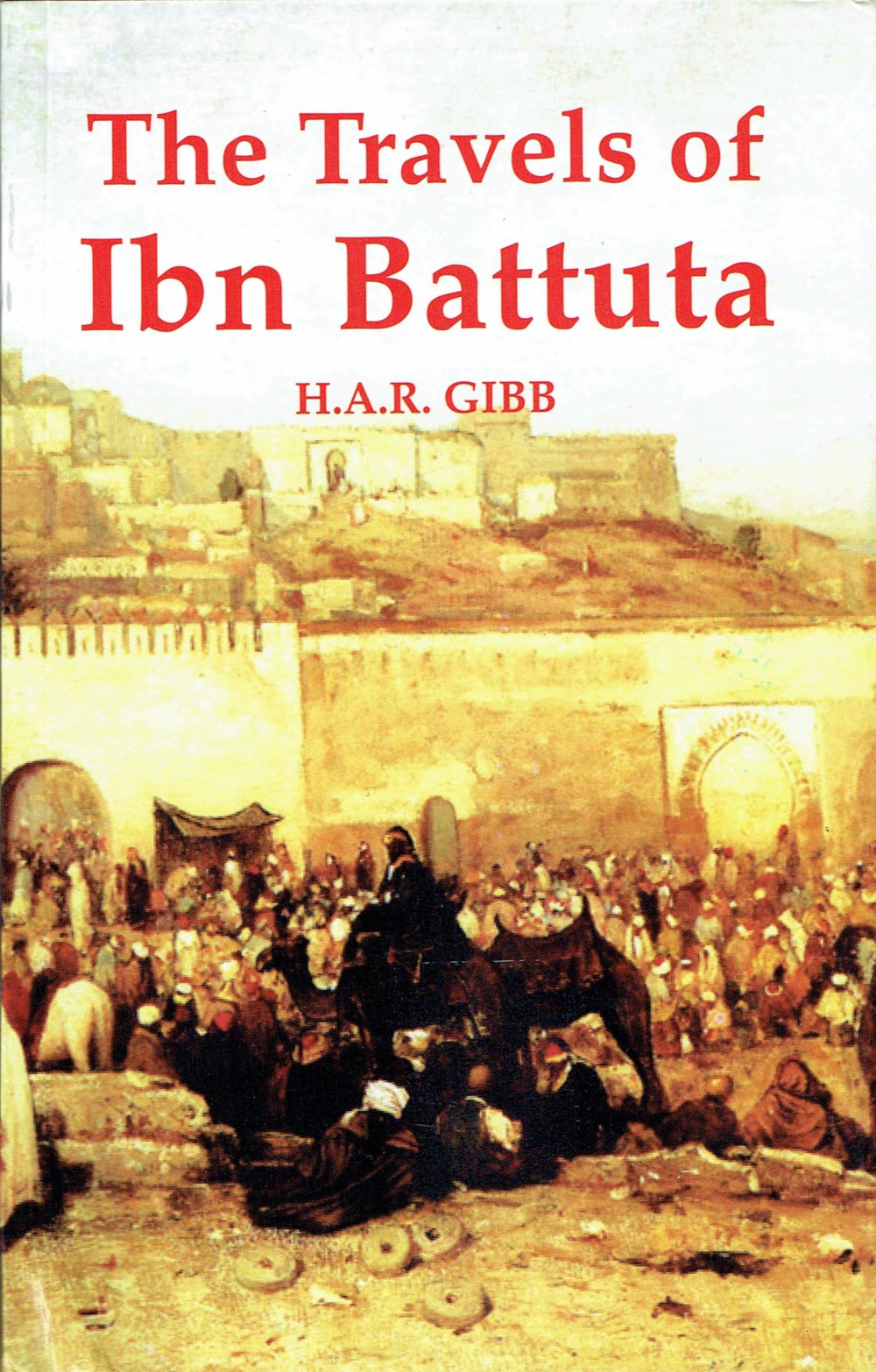
But, in his own words, "not long into my journey, I discovered the thrill of travelling, and decided to explore the earth." Explore the earth he did indeed, for over the next twenty-nine years, Ibn Batuta was in every conceivable part of northern Africa and Asia, covering some 75,000 miles—thrice the distance that Marco Polo did—but "rarely following the same route twice" as he says, "so as to see as much as possible". One gets breathless just keeping pace with the names of the places he visited, and the routes that he took: from Tangier he travelled first along the northern rim of Africa to Alexandria; stayed then at Cairo; reached the holy Mecca via Palestine, Aleppo and Damascus. But one Hajj was not enough for him: Ibn Batuta kept returning, performing the pilgrimage four times, so much travel, so much toil, filling the years of his life.
Names of towns and kingdoms keep rolling: Basra, Baghdad, Isfahan, Shiraz at first; then the sailing down the Red Sea to Aden, crossing over to the African coast near Mombasa. After his second visit to Mecca, we see him land among the Uzbeks, a burning desire to go and see the "band of darkness" taking him into the north of Russia; not succeeding in that, he comes down to Constantinople; then crosses the steppes, moves towards Bukhara, Khurasan, and Kabul and crosses the Hindu Kush to reach India.
Also see | Textiles of Nomadic Communities of Ladakh
Here, he stayed nearly seven years, and his account of the country and the people, much relied upon by historians of medieval India, is of the greatest interest. The northern part of the country was then ruled by that capricious monarch, Muhammad bin Tughlaq, and Ibn Batuta moved close to him, being appointed a Qazi by royal decree first, paid a princely salary, and then, after a temporary estrangement, given the charge of leading an embassy to China on the monarch’s behalf. The embassy did not do well, for the sailing craft was destroyed near Calicut, the royal gifts lost, and many other problems surfaced. But, undeterred, he moved on in that direction, touching Bengal, Cambodia, Sumatra, and eventually landing in China. There is the return journey then; visits to, and accounts of, the Maldives and Ceylon come in, before being back in Arab lands via Persia. When he finally got back to his home in Morocco, he found that his father had died some fifteen years back.
Ibn Batuta’s account—named the Rihla, meaning Journeys—was dictated by him to a scribe at the asking of the ruler of Morocco, as "a gift to the observers concerning the curiosities of the cities and the marvels encountered in travels", and is considered generally highly reliable. But there is so much in it, so much exotica and so much outlandish-sounding detail, that, inevitably, an air of fantasy clings to it.
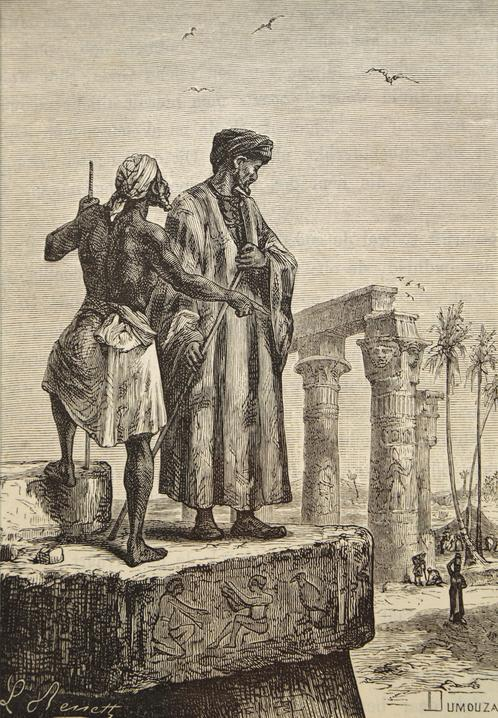
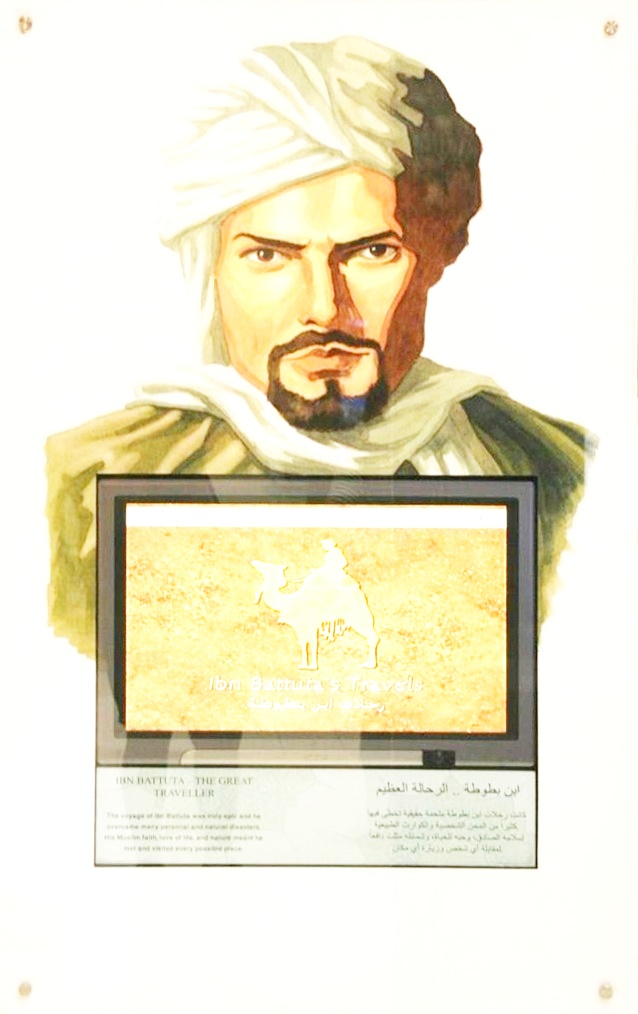
And it is this that seems to have touched off the idea, in the mind of Sheikha Hussah and her team which included Czech technicians, of making a multi-media project out of it.
To my great regret, I was not able to see the production while in Kuwait, but it has apparently been shown extensively, starting with 1995. With live actors, and computer graphics, and back projection, and the extensive use of mirrors, it apparently works like magic, the past and the present weaving into one another, exciting imagination, opening doors . . .
Also read | Art N Soul: The Mirror in Indian Art
Most interestingly, in the literature advertising the media project, the figure that is used to conjure up an image of the past is that of a painter. It is a wonderful work of which different versions exist, but this one is attributed, arguably perhaps, to a Mughal master.
This article has been republished as part of an ongoing series Art N Soul from The Tribune.
